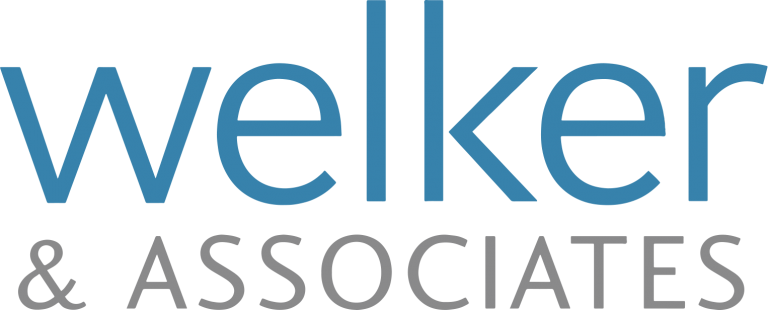In Canada, any individual who owes at least $1,000 and is insolvent can file bankruptcy. Some people be feel a bit overwhelmed before the process even begins, so allow me break down the steps you will take when filing bankruptcy.
Consult with a Licensed Insolvency Trustee
Your initial consultation with a trustee at Welker and Associates is always free. You will be asked to bring some specific details of your financial situation, including your income and expenses, assets and debts. At your initial meeting, your trustee will review your financial details, and outline all of your debt options, as bankruptcy should be your last option. Your trustee will provide you with information and advice on each option but the decision will ultimately be yours.
Fill Out The Forms
Once you’ve made the decision to file bankruptcy, your trustee will help you complete the required forms. They will then file them with the Office of the Superintendent of Bankruptcy.
These forms are filed with the court. Once accepted by the court, you will be formally declared bankrupt. The trustee will now deal with creditors on your behalf.
Review Your Assets
Next, your assets will be reviewed and non-exempt assets will be sold by the trustee. Some assets are exempted by provincial and federal laws (depending on little equity you have in your house, you may get to keep it).
The money raised from liquidating your assets will be put in a trust for your creditors.
Bankruptcies generally do not affect the rights of secured creditors. Mortgages are secured debts. This means that you won’t necessarily lose your home and if it is deemed that there is no equity in your home. If there is no equity in your home, you will be allowed to keep the home and continue to pay the mortgage.
Notify Your Creditors
Shortly after signing the papers the trustee will tell your creditors that you are bankrupt.
In some cases, creditors may hold a meeting to obtain more information. If they request a meeting, you will be required to attend.
The Office of the Superintendent of Bankruptcy may examine you under oath. They might ask about your conduct, causes of the bankruptcy, and inquire about your property and assets.
Complete Your Duties
You will have certain obligations that you will have to fulfill including a monthly income statement and attending credit counselling sessions.
Discharge and Elimination of Debts
Most people are eligible for discharge after nine months. At that time, your debts will be eliminated and you can begin your fresh start!
If you have any questions about the bankruptcy process, contact us today. We are here to help!



